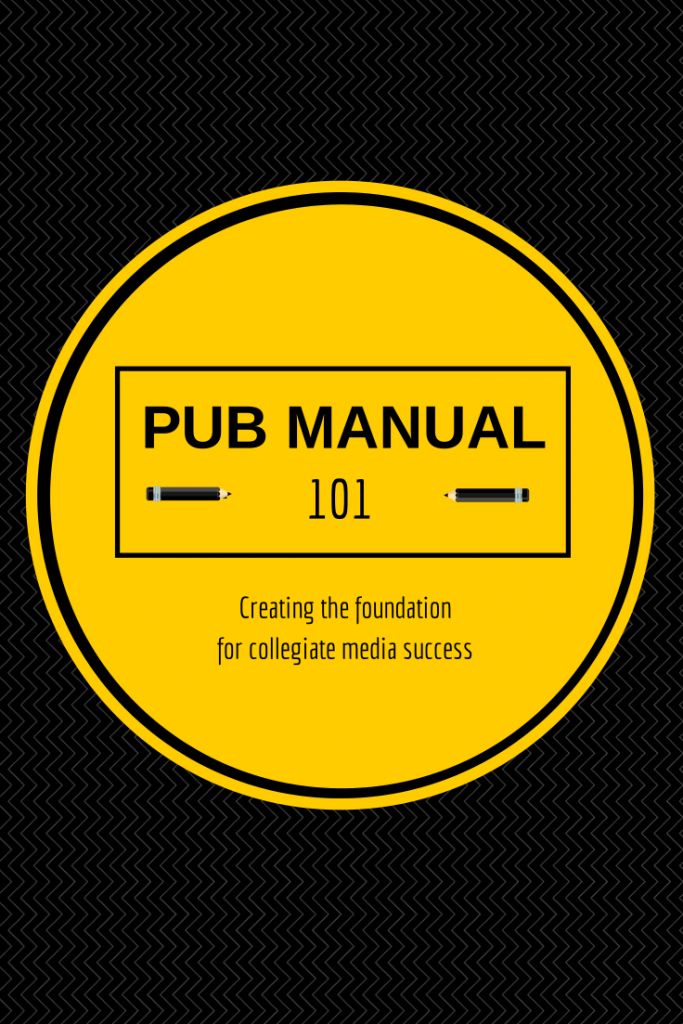This is the 11th post in a series intended to help you draft or improve your student media staff’s publications manual. Posts in this series will run on Wednesdays throughout the summer. The posts’ titles will start with “Pub Manual 101″ and include the Pub Manual 101 logo.
Electronic media have spoiled me. I am so accustomed to texting or messaging people that I hate talking on the phone. I rarely talk on the phone anymore because it just isn’t necessary. There are too many other ways to communicate that I prefer.
 I pretty much assume my students feel the same way about talking on the phone. They are the tech generation, after all, and it seems like they’re always texting.
I pretty much assume my students feel the same way about talking on the phone. They are the tech generation, after all, and it seems like they’re always texting.
Sadly, there are some places that we cannot avoid talking on the phone. The newsroom is one such place.
This means it’s important for staffers to know how to properly communicate with sources and potential business partners (like advertisers) when they call the newsroom. The following is a list of guidelines we provide our staffers to follow when answering the newsroom phone.
- Always answer the telephone when you are in the newsroom.
- If someone is on the phone, try to keep the volume in the room low and keep conversations at a minimum.
- Answer the phone by saying “Student Publications, this is _____.”
- After the caller identifies what they need or who they would like to speak with ask them “May I ask who’s calling?”
- If the staffer is in the newsroom, tell them to “please hold” and promptly get the staffer they want to talk to.
- If the staffer is not in the newsroom, say “I’m sorry but ______ is not here at the moment, may I take a message?”
- Write all phone messages down. Please be sure the message is legible and includes the date, time of call, full name of caller, telephone number(s), and the subject of the call.
- Tell the caller “thank you for calling” before you hang up the phone.
- Place the completed message memo on the correct editor’s desk in a location that obviously will be seen or email the staffer the message.
- If the call is urgent or advertising related, please call the staffer immediately and let them know there is a message in their box.
- Never promise a time when someone will be in the newsroom, ask a caller to “call back” or tell them when a staffer will return their call.
- Never give advertising information over the telephone unless you are an advertising representative.
Hopefully these guidelines keep staffers from guessing about what they should do or say if the phone rings while they’re in the newsroom. Also, this newsroom phone etiquette should guarantee that anyone calling the newsroom receives a professional response from the staffer with whom they speak.



Wonderful post! Although in our newsroom (small community paper), we have an opposing rule, that you never ask ‘who is calling’ – gives the impression that you’re screening calls, and that person didn’t make the cut to talk to the person they’re trying to reach.
You’re a blessing to your students and fellow journalism teachers!
James Michael Taylor Thank you so much, James. What a kind thing for you to say.
I guess my assumption on asking “who is calling” is that the person they want to talk to will take the call if they are in the newsroom. Many times the person answering the phone is the only person in the newsroom, so they typically are taking a message. You know how it is, students running in and out between classes and interviews.
Thank you so much for taking the time to read and comment. I appreciate your support.
Kenna